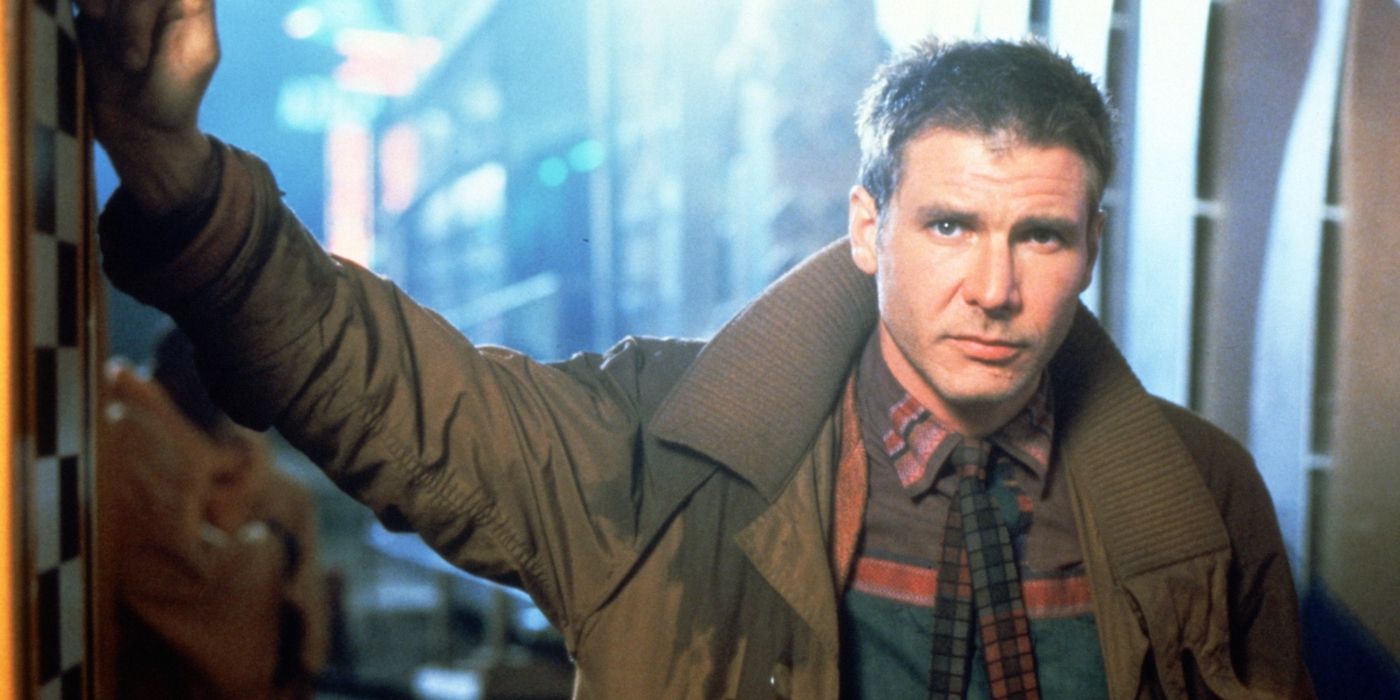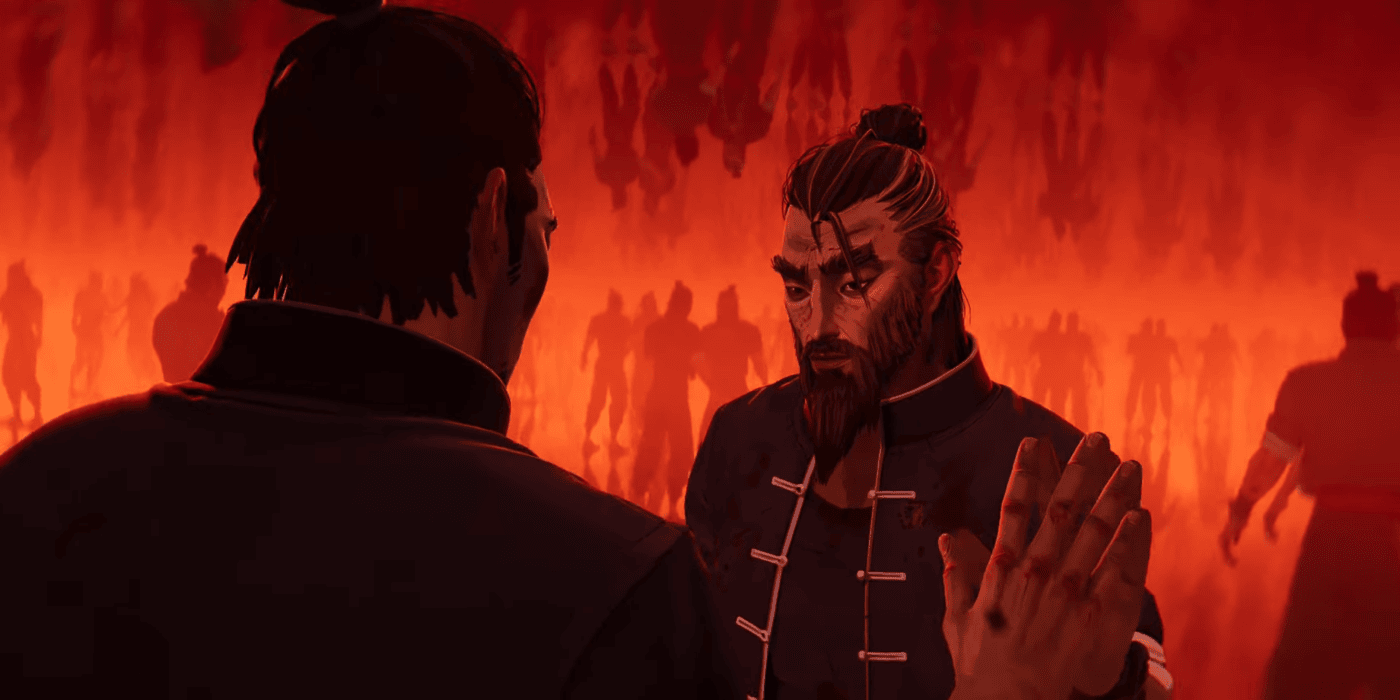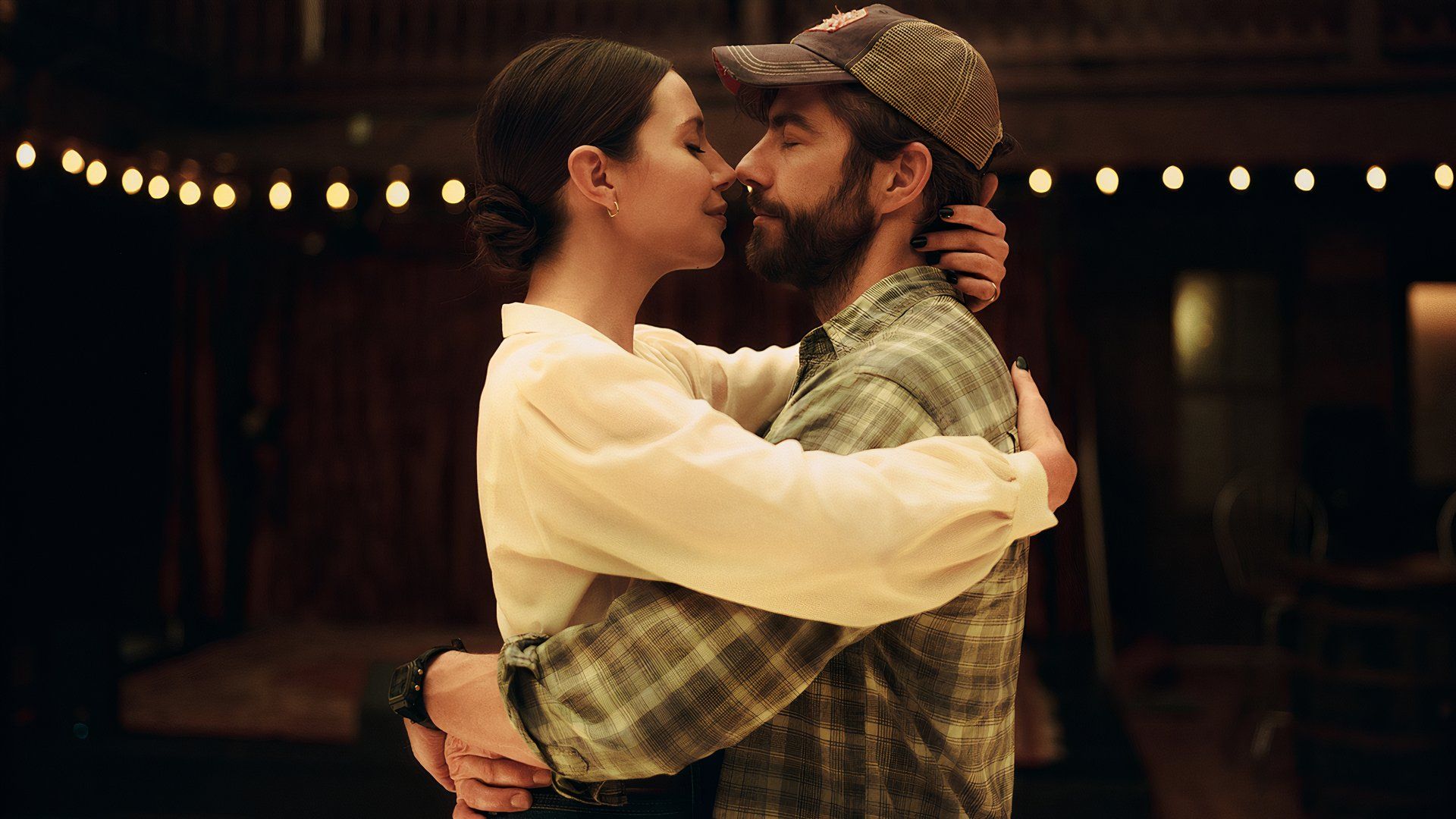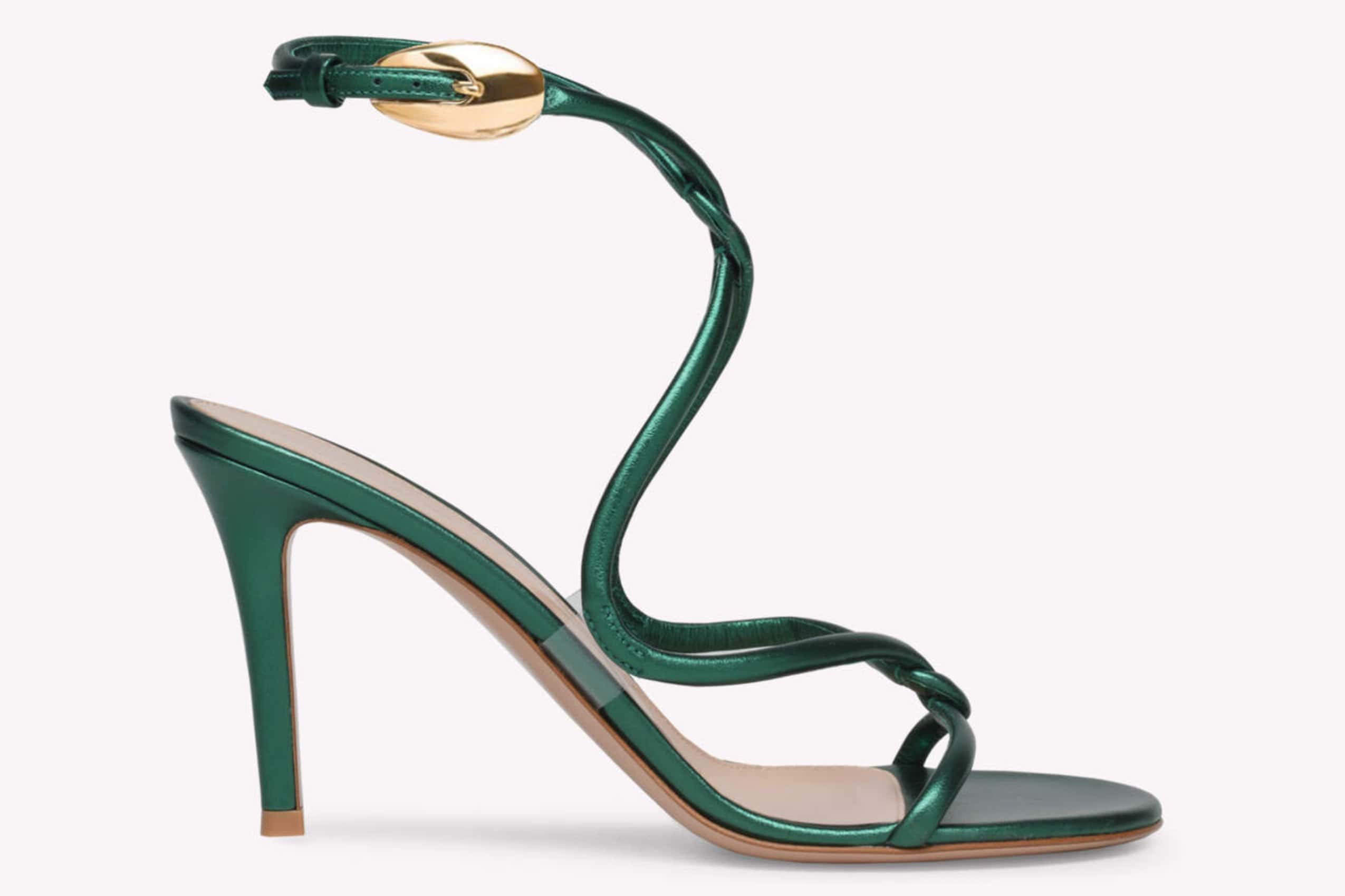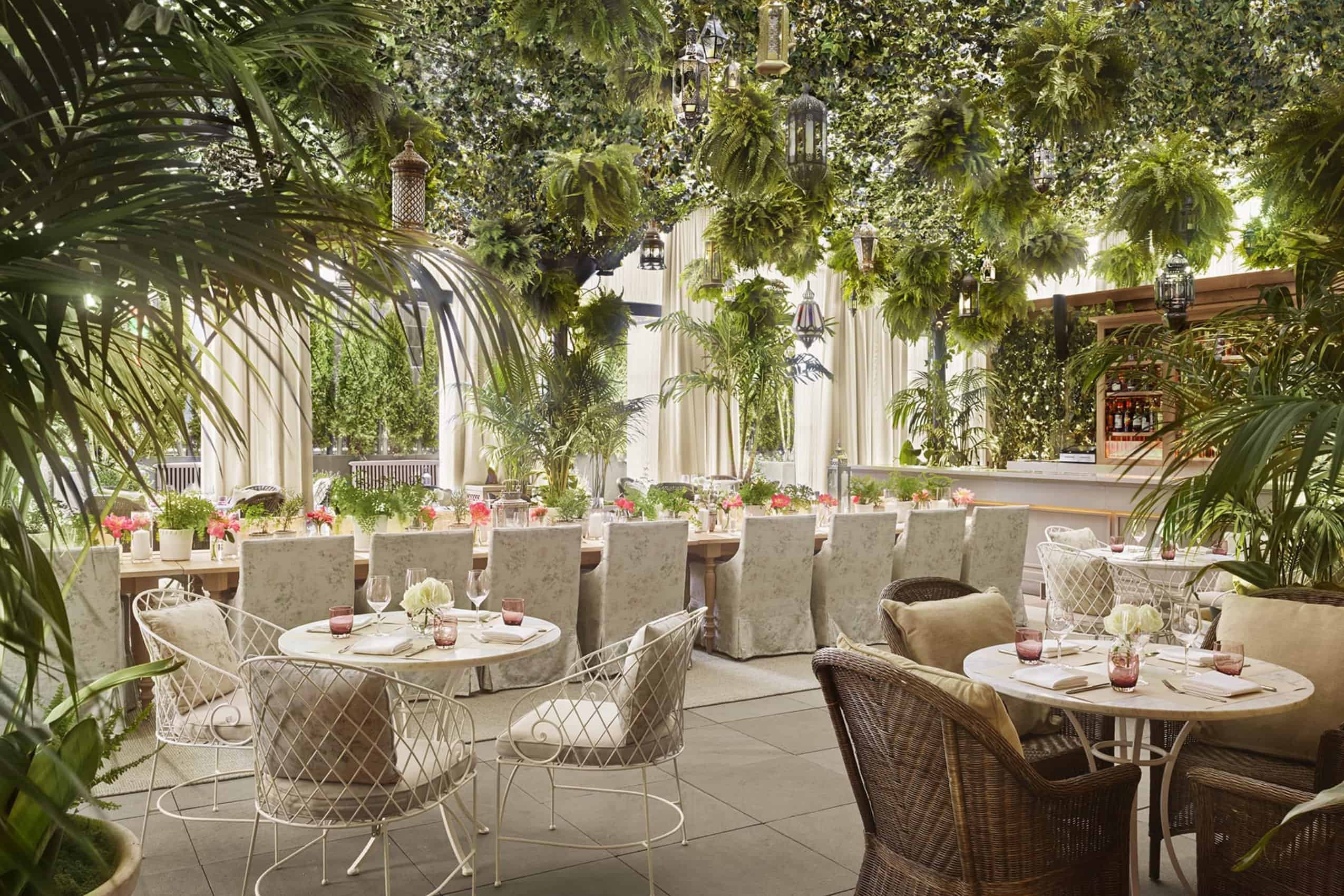“Elden Ring” was directed by the genius Hidetaka Miyazaki, the man behind the “Souls” games, and it was written in collaboration with the legend George R. R. Martin, the man behind “Game of Thrones,” who reportedly provided world-building documents that Miyazaki and his team worked from to create their own story. Both gentlemen—and many others involved in the game’s production—have ignored the linear storytelling of most games, even the ones that call themselves open-world. Most such games are often “open” in structure only, pushing you through a story embedded in its “main missions” while the “side missions” are there to pad game time or help build up your character. “Elden Ring” is so open that you often have no idea where to go next or what to do when you get there. It’s a game that encourages exploration like none I’ve ever seen. It has echoes of the great “The Legend of Zelda: Breath of the Wild” in a sense in that the Nintendo hit also allowed players to travel freely across its landscape, but this one is a bit more terrifying. (See image below for one of many examples…)
Now, there’s still a story, it’s just one you’re allowed to find on your own. These games have never held your hand, but the freedom of gameplay in “Elden Ring” is revolutionary, truly dropping players into a massive fantasy world and allowing you to map your own narrative within it. You are one of the Tarnished, an exile from a place called the Lands Between, which has been cast into violent chaos since the destruction of something called the Elden Ring. The progeny of a vicious ruler named Marika the Eternal have taken shards of the ring, leading you, a lowly Tarnished, to find the Great Runes and restore the power of the Ring yourself.
The structure of “Elden Ring” will be very familiar to anyone who has played a “Dark Souls” game (or even “Bloodborne”) in that you control a very weak, almost skill-less being at the beginning of the narrative. You can choose from different character types, and what will be a deeply customizable experience unfolds from the very beginning. You can chart your development in very different ways, prioritizing attributes that turn you into a strong warrior or a powerful sorcerer. As you battle enemies in the Lands Between, you earn something called Runes—which can be used to level up, buy gear, and upgrade materials (with other items found in the wild)—but are lost with death, giving you one chance to reclaim them from the spot where you fell or lose them forever. “Elden Ring” demands an incredible amount of collecting items from enemies, down in dungeons, and in the wild, that can then be used to craft weapons, improve your build, or upgrade. I have so much stuff in my inventory that I have no idea what half of it does. Sometimes it’s a matter of finding the right “cookbook” to be able to craft specific combinations; sometimes their use will be revealed later in the game; sometimes I think it’s just junk, but I’m always excited when I find something new.
You can view the original article HERE.


